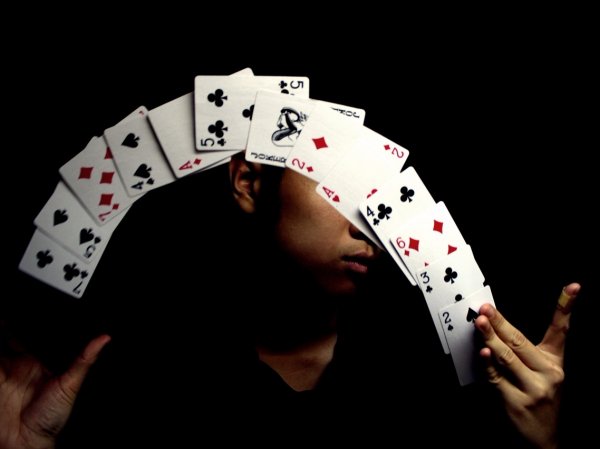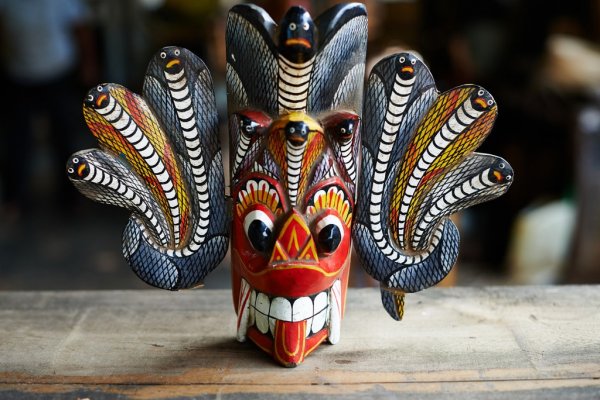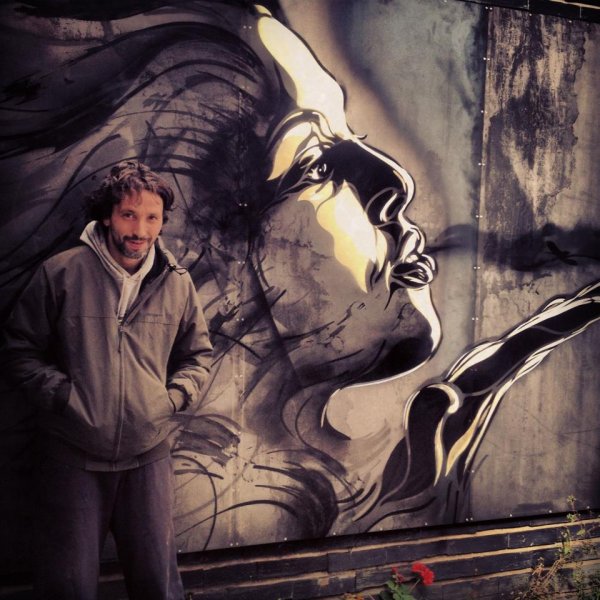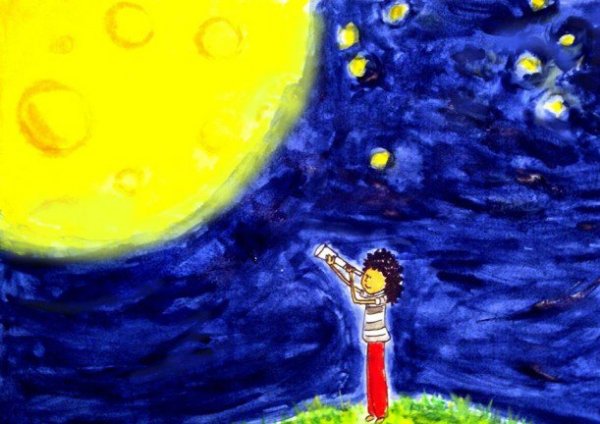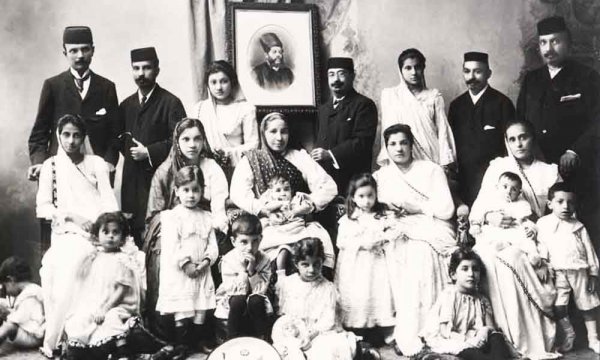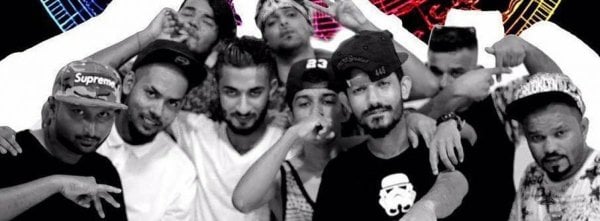
Crammed into a tuk, Tikiri Kumara and I head towards the Diyatha Uyana park for a quick chat after work. “I always like to get away from the office,” he said. “Changing the environment helps change the mood.”
Kumara was an avid arts student at the University of Ruhuna, and dreamed of becoming a painter before the convenience of a job at the Election Commission’s Rajagiriya office presented itself to him a few months ago. “I’ve always liked doing things differently,” he said with a grin. “I even took an archaeology course at university — fieldwork and all.” As he reminisces over his time schooling, we reach the water. I disembark, and drag Kumara’s wheelchair out with me.
Kumara has a degenerative muscle condition that weakens his legs, making it impossible for him to stand. “It’s very similar to polio,” he said, as he wheeled himself ahead of me. “It’s not painful, it’s just that I can’t balance myself properly.” His condition, however, means that he cannot be out of a wheelchair for too long, and in a country like Sri Lanka, this leaves him with access to shockingly few places.
But ‘Prince Tikiri’ (as he calls himself on social media) isn’t looking for pity. Outside of his regular duties, he is the man who has trekked through rainforests on his friends’ backs to reach archaeological digs, and the man who campaigns at multiple levels of government for independence, agency, and an ability to practise his rights as someone with a disability.
Rights are the focus of campaigners like Kumara, looking to move disability policy and social perceptions in the country away from charity and dependence, toward autonomy and independence.

A Charity-Based Model
As per a report by the Department of Census and Statistics (2012), 87 of every 1,000 Sri Lankans have some sort of mental or physical impairment. Policies affecting persons with disabilities, as well as societal attitudes towards this marginalised group have largely stagnated. Lasanthi Daskon-Attanayake, a lawyer and academic who advocates for accessibility and the protection of the rights of persons with disabilities, calls this a ‘charity-based model’.
“Historically, the charity model was the first method used to understand and regard persons with disabilities,” Daskon-Attanayake explained. “They were considered unable to perform independently, and their support systems depended largely on religious organisations.”
This approach had problems, according to lecturer and researcher at the University of Kelaniya’s Department of Disability Studies, Dr. Shyamani Hettiarachchi. It facilitated power differentials and didn’t teach persons with disabilities to care for themselves, usually necessitating more charity.
Then, around the mid-19th Century, as the healthcare community started taking a keen interest in curing disabilities, a medical fix became seen as the only approach to dealing with disability. “Those who couldn’t be cured were considered lost causes — they were a problem,” Daskon-Attanayake said. This approach moved focus away from learning to live with disabilities, and accommodating them in everyday life, towards relying exclusively on a medicinal cure.
“Sri Lanka’s approach to disability today is about 85% based on a mix between the charity and medical models,” Daskon-Attanayake said.
An Antiquated Law
According to Dakson-Attanayake, legislature has stagnated since the 1996 Disabilities Act. While this law created a ‘National Council for Persons with Disabilities’ and articulated rights to education, employment and access (Sect. 23), it failed to create a framework that effectively guaranteed these rights.
“Violations and remedies are not defined,” said Daskon-Attanayake, whose husband had polio and was a permanent wheelchair user. “If I want to enter a building and I don’t have access, who do I complain to? If I go to the magistrate court, can they issue a fine, or demand accessibility? It’s not clear what can and can’t be done,” she said.

These questions echo the experiences of others with mobility issues. “When I take the bus to my family home in Bibila, I can only use the toilet before and after the journey,” Kumara recounts. “I’m afraid of having even a sip of water.” A trip to the supermarket or a restaurant has to be scoped out beforehand for ramps and wide doors — relatively small measures that determine whether or not people like Kumara can get their groceries for the week or enjoy an evening out with friends.
These inconveniences can mirror deeper infringements of an individual’s civic rights. “Many polling stations don’t have ramps or Braille ballots,” said Kumara, who lobbies at the Election Commission for accessibility. “I usually have to vote by proxy.”
Frustrations like these—and the ceaseless campaigning of individuals like Kumara, Daskon-Attanayake, and her late husband Senerath—have led lawmakers to begin working on a new Bill, focusing more on disability rights. “Drafting for a new Bill has been in the works since 2010/11,” Daskon-Attanayake told Roar Media. “(And) there has been mention of forming some sort of commission to guarantee rights.” Despite this, Daskon-Attanayake and other campaigners remain sceptical of how effective this new commission will be.
Education And Normalisation
The sluggish pace of development in legislation is arguably a symptom of a larger, societal issue. As such, changing misconceptions about persons with disabilities, and acknowledging the unaffected capacities of those individuals who struggle to walk, talk, hear, or see, is paramount in working toward an inclusive future.
“Accessible education is a natural first step to solving this,” said Daskon-Attanayake. For a country where over 30,000 children with disabilities (or around 1 in 3) aren’t in the education system, meagre school attendance is a pertinent issue. “We have to make education mandatory,” Daskon-Attanayake recommends. “Not only will it empower children with disabilities, but for their peers to be exposed to disability from a young age helps normalise it.”
Better education will help move the employment of persons with disabilities away from back-end jobs into front-end and customer service roles, as well as managerial and skilled positions.
Pizza Hut’s Thimbirigasyaya branch has tried to expedite normalisation using this method. The restaurant functions as a normal outlet, except it is staffed almost entirely by individuals with hearing difficulties.
According to Bryan Gunarathne, the lead trainer at the branch, training the staff wasn’t much more difficult than usual. “We used new training methods,” he told Roar Media. “But they weren’t necessarily more difficult — merely different.”
Kitchen procedures were also fine-tuned to accommodate the impairments. “In the kitchen, the orders and the recipes are all on tablets and completely visual,” Gunarathne explained. “[The cooks] have their own signs to let each other know when something is hot, or if they shouldn’t step back.”
The waiting staff also work entirely through signing. Tables have small leaflets to help introduce customers to sign language, there are small blinking lights to grab the attention of waiters, and the menus are different to the chain’s regular takeaway style — they are bigger and more visual.
“The cost of these accommodations was negligible,” explained Kaushal Mendis, the head of
Human Resources at Pizza Hut. In fact, Mendis said, for a company with a high employee turnover rate—like the fast-food chain—hiring persons with disabilities proved to be a more successful employment strategy than usual. “All 12 kids we’ve hired and trained for the Thimbirigasyaya outlet have stayed with us for 6-7 months now,” Mendis told Roar Media. “We typically expect our employees to stay for around three months.”
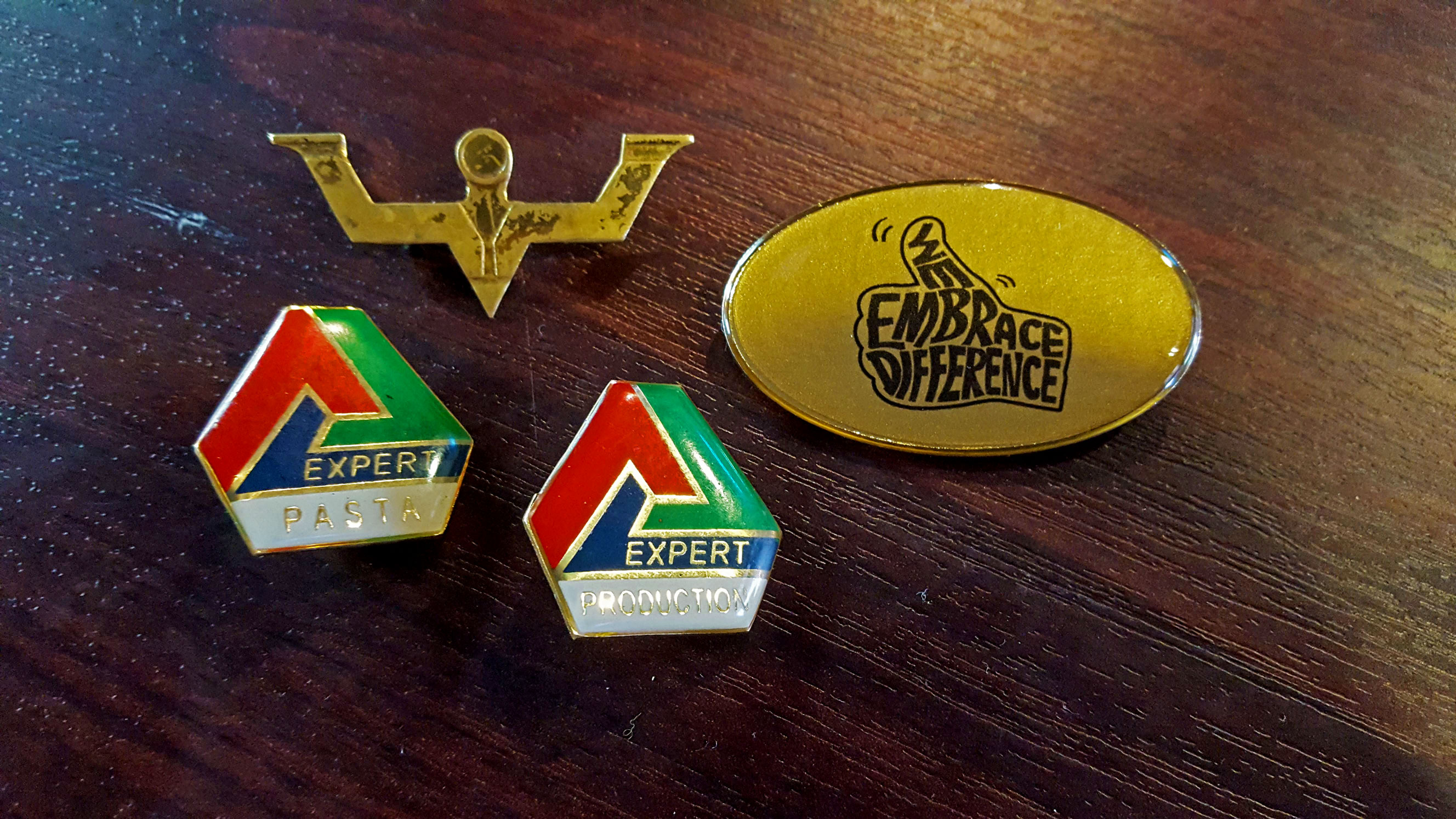
An Accessible Future
Former cricketer Ajith Perera’s landmark case in 2011, where he defended himself using the 1996 Disabilities Act, resulted in the Supreme Court ruling that buildings should be designed to be accessible to all. More recently, a human rights case was ruled in favour of Chamini Kumaratunga, a student at the Institute of Indigenous Medicine, who was hounded to give up her place, because lecturers doubted her ability to become a practitioner because she uses a wheelchair.
Similarly, early feedback at the Thimbirigasyaya Pizza Hut has been “overwhelmingly positive” according to Gunarathne and Mendis. “We had no idea what customers would think when we launched,” Gunarathne told Roar Media. “But so far they’ve been very enthusiastic about adjusting.”
With initiatives such as these, the disability landscape in Sri Lanka is starting to yield fruit. “There are small changes, little flickers of promise,” Daskon-Attanayake said, when asked about the future. “The movement has some great campaigners.” Kumara also remains hopeful. “I admire Gandhi a lot—he fought against discrimination, for his rights, and the rights of those like him,” he said. “One day, we’ll get there too.”


